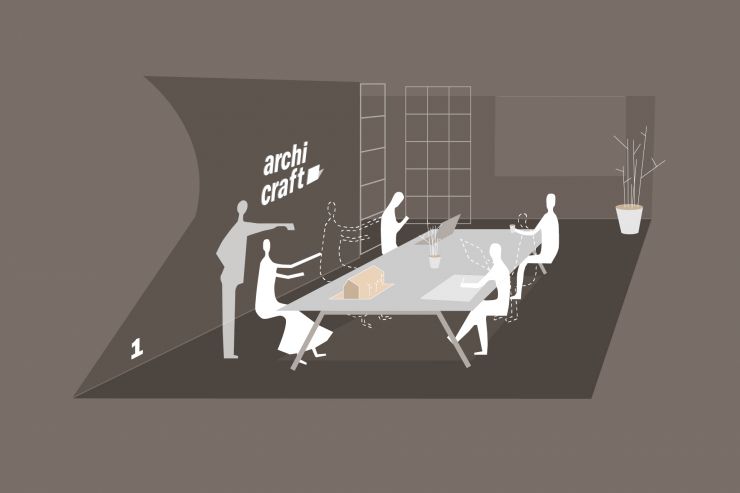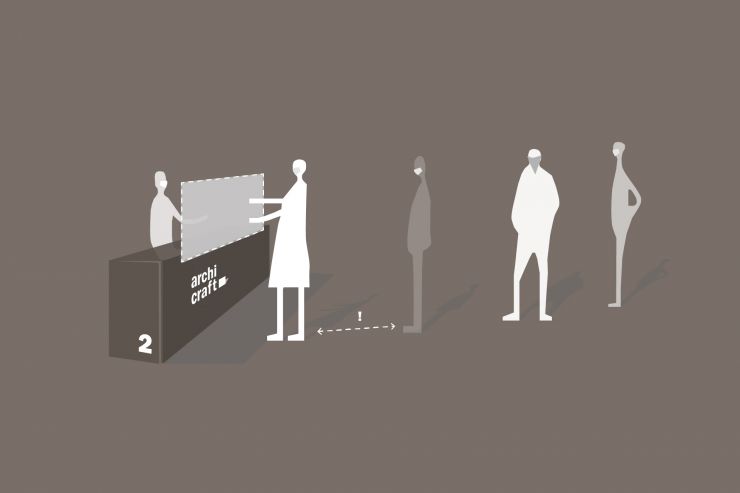How will offices change after a pandemic?
It seems that everything is slowly getting back on track. But can we really go back to the old normal? How will the events of the last several months be reflected in the forms and standards of the office? Read on to find out what we think about that in archicraft.
It seems that everything is slowly getting back on track. But can we really go back to the old normal? How will the events of the last several months be reflected in the forms and standards of the office? Read on to find out what we think about that in archicraft.
We believe that there is no need to explain how the pandemic affected companies. Even in our studio, the pace of work slowed down significantly. Our food and beverage clients suspended their projects for several months, and most of the archicraft team worked at home. Lately, society’s morale has been improving, and, getting closer to the end of the crisis, many people are waiting to return to work. So it has become necessary to think about new requirements.
What can be expected?
In many modern offices, the emphasis so far has been on connecting employees. Offices must no longer be equipped for the recommended two-meter spacing of employees, and certainly some businesses will have to change the layout of their workspaces. In our opinion, this change will only be temporary and will last merely a few months. In the long run, such a space solution is expensive and therefore unsustainable for most companies.
But there are also requirements that will last longer, even for years. In particular, we believe offices will have to conform to more demanding health and hygiene requirements. What appeared only sporadically before the pandemic will now be the standard in all sanitary facilities (readily available tubs of sanitizer, for example). Yet this, too, is likely to decline over time.
Let us look for more permanent trends, for example in the requirements for building ventilation systems. It will be necessary to develop and install filters in them that will block the spread of viruses. Ventilation is often recommended as a precautionary measure. We thus expect, to a certain extent, the return of window opening, which has been affected by LEED and BREEAM standards in recent years. The lack of openable windows has negative effects on the health of employees, even when there is no pandemic. In short, maximum energy savings do not always lead to the right solution for the people who have to occupy the space.
Efficient home office
It is now clear to all managers that home offices work. In fact, we at archicraft have also become more flexible, and allow our employees to work from their homes now. But in this move to the home workplace it is important not to forget about efficiency. How best to achieve this, and what technologies will be needed in the offices? And what about an empty workplace or meeting room?
We’ll write about that next week!
Are you trying to figure out how to rearrange an office? Is it a headache relocating the tables and trying somehow to reorganize the work floor? Let us know. We can provide technologies for air exchange, contactless access, and lighting. We will figure out how to transform your offices without you having to buy a lot of new, pricey equipment.


